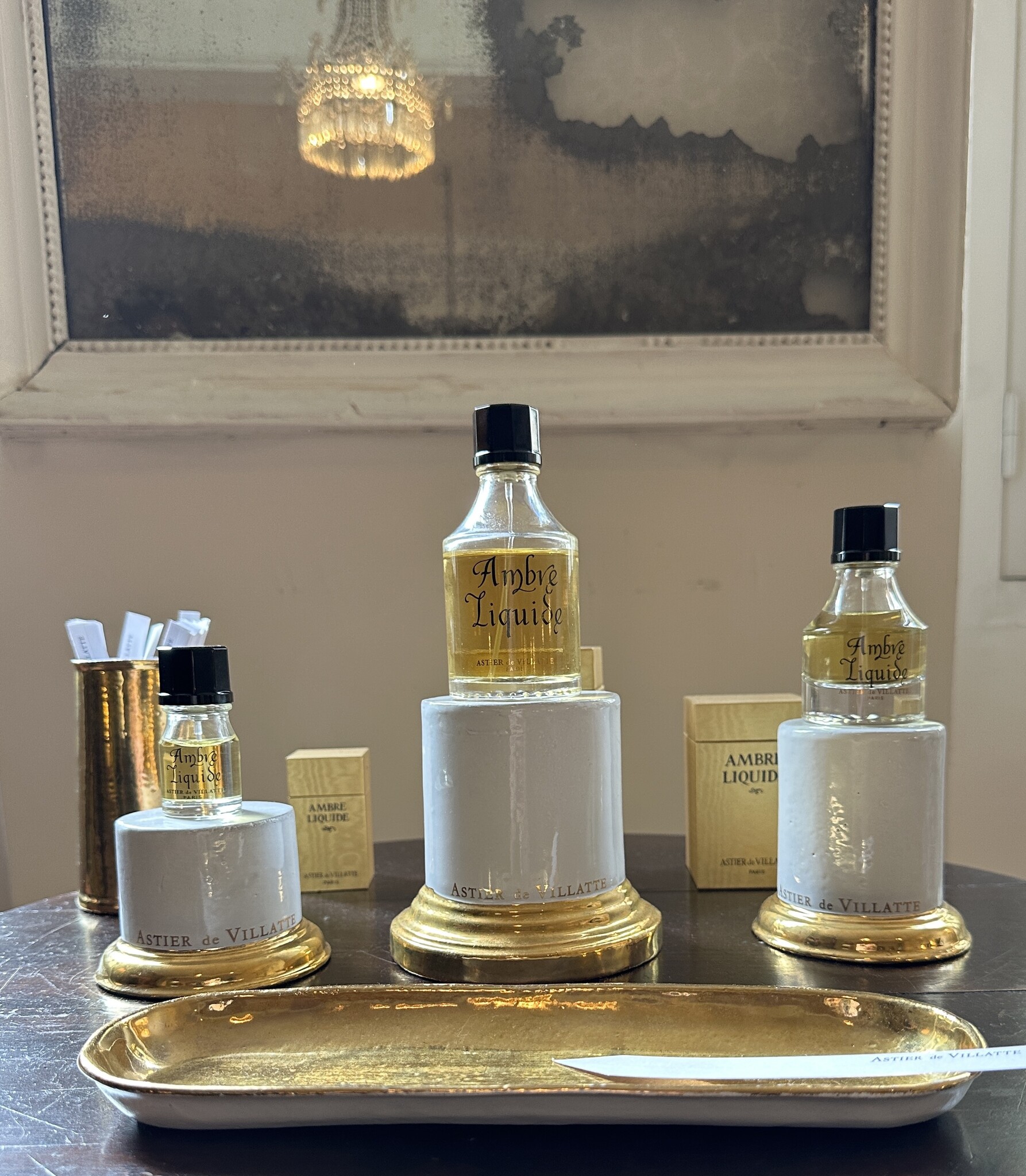

Login
Log in if you have an account
Register
Having an account with us will allow you to check out faster in the future, store multiple addresses, view and track your orders in your account, and more.
Create an accountBrand Spotlight | Astier de Villatte

Astier de Villatte was one of the first brands I brought into The Paris Market, known for their fine ceramics and impeccable art—yet sourcing that art doesn’t always mean I’m included in the process, able to witness a piece go from conception to completion. So when I got the chance to visit their studio in Paris, it easily became the highlight of my trip!
Please join me in a walk-through of the Astier de Villatte studio in Paris. Or, if you'd prefer to watch, see the whole tour in our Instagram reel here!

To begin, their ceramics are sculpted of black, terracotta clay. Handcraft is essential to their process, as each tiny “imperfection” becomes something extraordinary—proof of the artistry and technique that goes into each piece. From there, the ceramics dry for days or sometimes weeks depending on the humidity and season. Once dry, Astier puts them through a unique glazing process signature to the brand. Finally, if any piece needs to be painted, it’s done before the ceramic is fired in the kiln.
Watching the process from start to end was a unique source of inspiration, meeting each craftsman and seeing the pride they took in their work. But I think my favorite part was an encounter with 84-year-old Japanese artist Setsuko (seen below), who joins the studio each day and whose collaborations with Astier have produced art inspired by the symbiosis of life and death present in nature!
Other favorites include pieces sculpted by Eva Jospin, an octopus and cats by Serena Carone, and a teapot and selection of goods orchestrated with Grace Coddington. If you’re ever curious which piece is made by whom, each maker has a stamp they mark the ceramic with so their identity is preserved.
My final stop was to the showroom, where I sampled the latest fragrance from Astier, and picked out my favorite pieces—which you’ll see at The Paris Market soon!

Beyond this noteworthy collection, Astier is known for their incense— found on the island of Awaji, due to its favorable climate.
For more than a thousand years it has been made there by the Koh-shis or Masters of Aromas, a tradition passed down from father to son. They alone perfectly master the four stages of production: the dosage of exclusively natural materials, precious woods, herbs, plants, vegetable resins, and perfume; the kneading of the dough, pressed and worked for a long time, then left to stand for two weeks to soak up the fragrance; the cutting of the dough, rolled into long, narrow ribbons, to the desired size; then drying in the west wind for three days before bundling the sticks.
In collaboration with this Japanese company, Astier has created a number of unique fragrances meant to evoke travels from all across the globe, along with their line of perfumes and eaux de colognes.

Shop Astier de Villatte here!



Comments